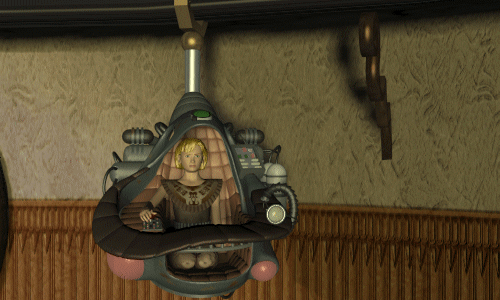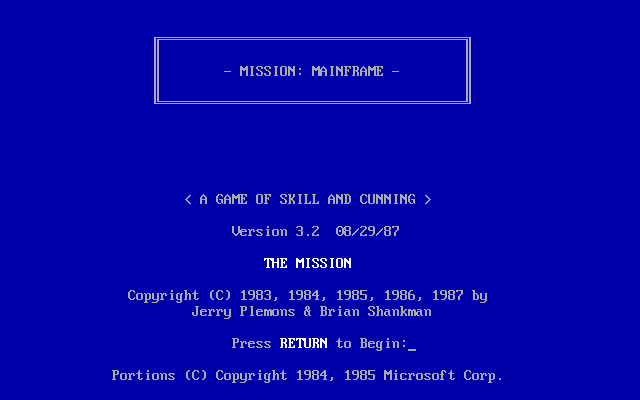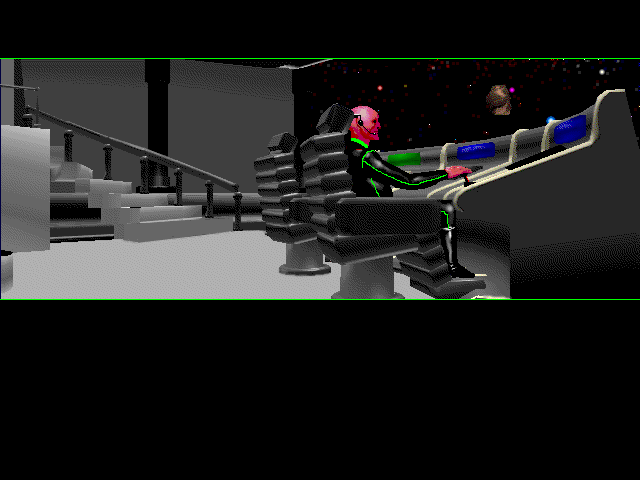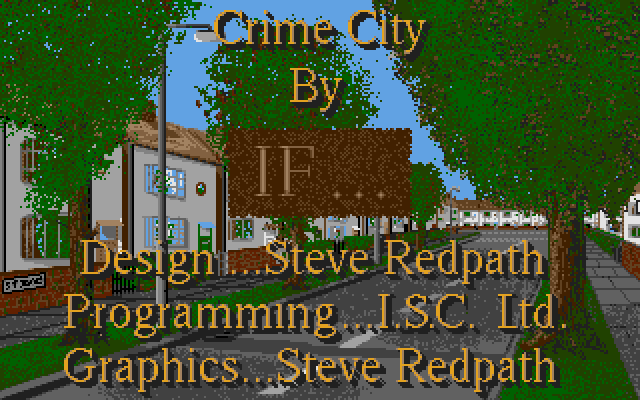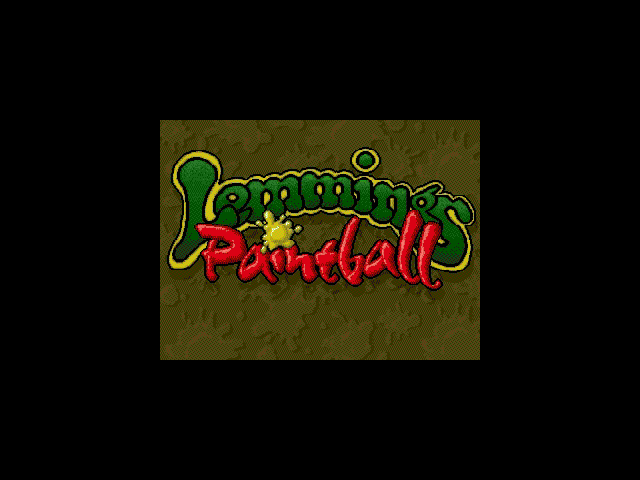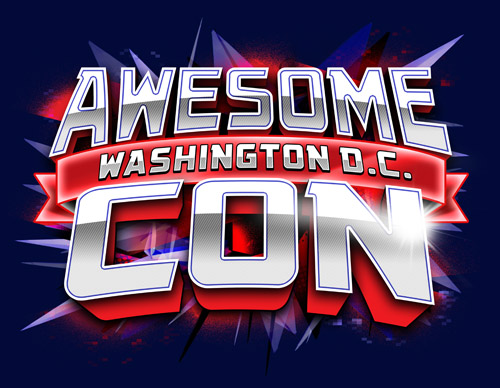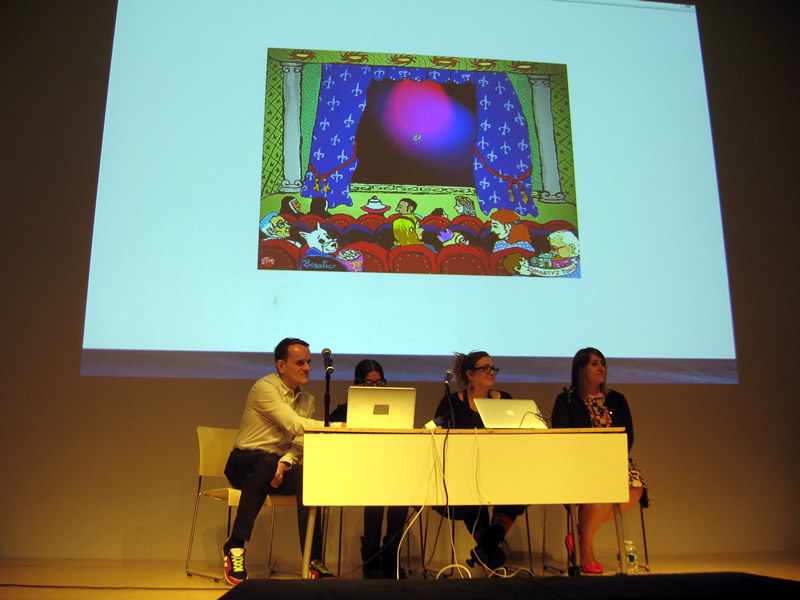Revisiting Liryl in Lighthouse: The Dark Being 
As a little break, I recently replayed Sierra’s Lighthouse: The Dark Being. I wrote about this game five years ago and generally enjoyed it, considering how much it lifts almost directly from Myst. Returning to Lighthouse helped me appreciate its tweaks to that template. Between the wall-to-wall machine puzzles, the game finds space to imbue the world with purpose and let players to run off the rails and find their way back. (I’ve updated the original article a bit to reflect my growing fondness.)
More than anything else, though, we need to talk about Liryl.
The character Liryl, the young “sacred ward” of the Temple of the Ancient Machines, stood out in previous playthroughs, but not until this most recent pass did she seem so fascinating, pivotal, show-stopping, and likely divisive. She is the game’s emotional backbone, a devastating central figure who moves the narrative deeper than its stated search-and-rescue mission. She’s also a caricatured object who actively disempowers with her pitifulness.
Lighthouse is a good game; Liryl makes it worth more serious consideration. » Read more about Revisiting Liryl in Lighthouse: The Dark Being

